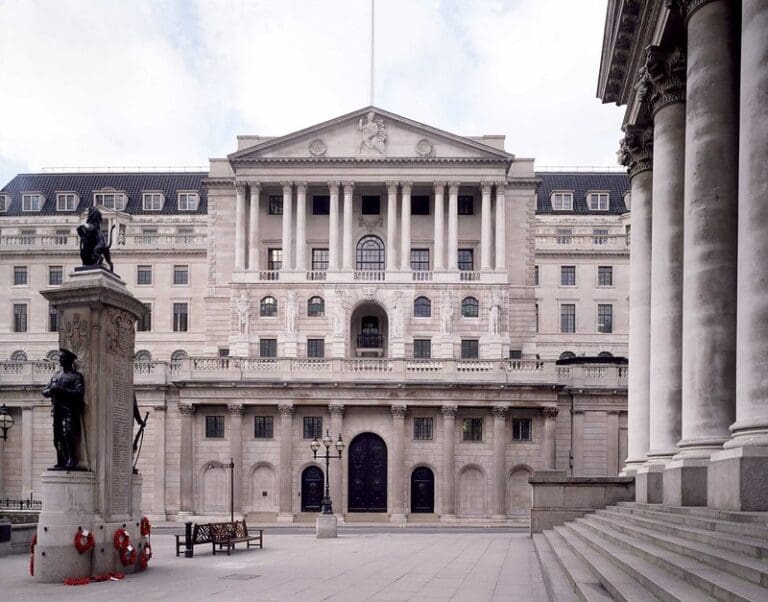Economic policy is returning to its usual position of prominence.
Fears of a major rise in unemployment are starting to worry the government more than fears around Covid-19.
The chancellor’s imaginative schemes concerning furlough and other measures to protect jobs create potential problems elsewhere. So much money is being borrowed that the ratio of public sector debt to GDP has soared above 100 per cent.
The last time we were here was at the end of the Second World War. Then, the debt ratio was a massive 250 per cent.
The Labour government of that time has a reputation for being the most left-wing in British history. It nationalised the mines and railways, and created both the modern welfare state and the NHS.
But it reacted to the massive level of public debt with impeccable orthodoxy. Between 1947 and 1951, Labour ran public sector surpluses to help pay off the debt. These were huge, averaging some £50bn a year at today’s prices.
Will Rishi Sunak be forced into similar levels of austerity, cutting spending and raising taxes?
A timely and fascinating Policy Exchange paper issued last week argues that this would be completely the wrong thing to do. The authors — Gerard Lyons, Warwick Lightfoot and Jan Zeber — are not noted for any previous enthusiasm for fiscal activism, which makes the treatise all the more interesting.
They note that there was a further, perhaps more important, way in which the public debt mountain was brought back under control, in addition to the immediate post-war austerity.
The 1950s and early 1960s saw strong economic growth. A famous phrase coined in 1959 by the then Prime Minister Harold Macmillan was “you’ve never had it so good”. This, plus a modest rate of inflation, helped erode the debt burden steadily and surely.
The point is that the debt which the government issues is denominated in money terms. If you buy a bond for £100 now and hold it to maturity in 10 years’ time, you get precisely £100 back.
During the 1950s, GDP grew in money terms at an average annual rate of seven per cent. The debt to GDP ratio is, quite simply, the outstanding stock of debt divided by GDP. There was essentially no net addition to debt in this period. But the growth in nominal GDP meant that the ratio was halved.
To tackle today’s debt, Lyons and colleagues call for a strategy of growth. Their most striking demand is to change the remit of the Bank of England from one of controlling inflation to one of controlling GDP in money terms — a combination of inflation and real growth in the economy.
The Federal Reserve in the US is also tasked with taking the real economy — output, jobs — into account, but others such as the European Central Bank remain shackled by a pure inflation target.
This proposal would certainly shake up the Bank of England after years of complacency under Mark Carney. Given the Prime Minister’s new-found interest in the economy, it could be an idea whose time has come.


